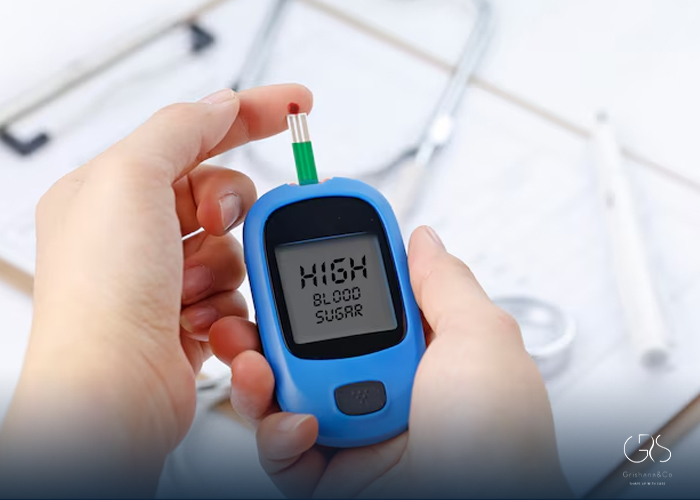Aneurysms are serious medical conditions characterized by the weakening and ballooning of blood vessels in the body. If left untreated, an aneurysm can potentially rupture, leading to severe complications and even death. It is crucial to identify the signs of aneurysms early on to seek prompt medical attention. In this article, we will explore six common signs of aneurysms, backed by relevant statistics and various perspectives.
Sudden and Severe Headaches:
One of the primary signs of an aneurysm is a sudden and severe headache. The pain may be described as “the worst headache of your life” and often comes without warning. According to research conducted by the American Heart Association (AHA), approximately 38% of patients with a ruptured brain aneurysm experienced a sudden onset of a severe headache . While headaches can be caused by various factors, it is essential to recognize the potential link between aneurysms and severe headaches.

Vision Impairment:
Aneurysms located near the optic nerve can cause vision problems. Blurred or double vision can occur due to pressure on the nerves, which can lead to visual impairment. The National Eye Institute reports that an estimated 3-5% of people with unruptured aneurysms experience visual disturbances . If you notice sudden changes in your vision, it is prudent to consult a healthcare professional.
Neck Pain:
Aneurysms that occur in the neck arteries can cause discomfort and pain in the neck area. The Journal of the American Medical Association (JAMA) notes that neck pain is often a symptom of ruptured aneurysms . However, it is important to mention that neck pain can be attributed to several causes. Hence, it is crucial to consider multiple factors when assessing the likelihood of an aneurysm.

Loss of Consciousness or Fainting:
A sudden loss of consciousness or fainting can be a sign of a ruptured aneurysm. According to a study published in Neurosurgery journal, roughly 22% of patients with a ruptured aneurysm experienced loss of consciousness as the first symptom . This highlights the need to seek medical attention whenever an episode of fainting occurs, particularly if other risk factors or symptoms are present.
Seizures:
Seizures can occur when an aneurysm affects the brain. A study conducted by the British Journal of Neurosurgery found that seizures were present in 8.7% of patients with ruptured intracranial aneurysms . It is important to take seizures seriously and seek comprehensive medical evaluation to determine their cause.
Changes in Speech or Difficulty Speaking:
Aneurysms located in the brain can impact the language centers, leading to changes in speech or difficulty speaking. The Brain Aneurysm Foundation emphasizes that slurred speech, difficulty finding words, or sudden confusion may indicate a brain aneurysm . If you or someone you know experiences sudden and unexplained speech difficulties, seek immediate medical attention.
Conclusion:
Identifying the signs of aneurysms is crucial to ensure timely diagnosis and treatment. By recognizing the signs of headaches, vision problems, neck pain, loss of consciousness or fainting, seizures, and changes in speech, individuals can seek medical attention promptly. It is important to remember that these signs may vary from person to person, and consulting a healthcare professional for a comprehensive assessment is vital.
Sources
- American Heart Association, Brain-aneurysm
- National Eye Institute, Learn about eye health eye conditions and diseases aneurysm
- JAMA, Aneurysm
- Neurosurgery, Radiosurgery Followed by Planned Observation in Patients with One to Three Brain Metastases
- National Library of Medicine, A novel intensive induction therapy for high-risk neuroblastoma utilizing sequential peripheral blood stem cell collection and infusion as hematopoietic support
- Brain Aneurysm Foundation, About brain aneurysms brain aneurysm basics signs and symptoms










